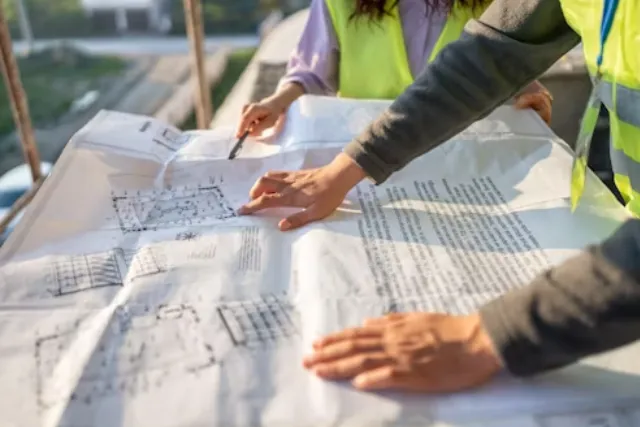
BENTONVILLE, Ark., Aug. 5, 2025 — With healthcare construction facing mounting cost pressures, supply chain bottlenecks, and increasing technical demands, a senior industry expert is urging a fundamental change in how U.S. medical facilities are designed and built.
Paul Sabal, Healthcare Practice Leader at HFA Architecture + Engineering, emphasizes the urgent need for a more integrated and fabrication-based approach to healthcare construction. In a featured column in the July/August issue of Medical Construction & Design (MCD), titled “Rethinking Traditional Ways: De-risking healthcare construction through integrated approaches,” Sabal outlines the pitfalls of the current project delivery model and proposes a new strategy that emphasizes precision, collaboration, and early-stage coordination.

“Healthcare systems around the country continue to grapple with higher construction costs,” Sabal writes.
A 43-year veteran of healthcare design and construction, Sabal points to a variety of compounding issues slowing down projects and driving up costs:
At the heart of the problem, he says, is the industry’s continued reliance on the traditional “design-intent” model—where architectural and engineering drawings often serve as general guidance rather than construction-ready documents.
“In the traditional model, architecture and engineering firms' drawings represent intentions rather than fully realized structures,” Sabal explains. “A vertical line may indicate a wall, but its internal components remain undefined. Likewise, a line symbolizing a three-inch pipe omits critical details, such as flange valves and fittings, which are only added later by subcontractors during fabrication.”
That lack of specificity, he argues, leads to a cascade of costly RFIs (Requests for Information), change orders, and construction delays—issues that are especially problematic in the already time- and cost-sensitive healthcare sector.

Instead, Sabal is advocating for a new paradigm where design and fabrication processes are closely integrated from the start. Advanced coordination teams, he says, should collaborate with architects and engineers early in the design phase, employing design for manufacturing and assembly (DfMA) techniques to create more precise, buildable documents.
“Advanced coordination runs parallel with early design processes with continual review and cross check of the emerging work product,” Sabal writes. “With this focus on ferreting out costly RFIs, change orders and redundancies of effort, construction partners then take advantage of constructable information from the design team.”
The benefit of this model is clear: when subcontractors and contractors are brought in midstream, they are handed detailed, fully coordinated models that allow them to start work immediately with confidence and precision—reducing time, cost, and risk.
“Simply put, innovation driven by advanced coordination turns uncertainty into cost savings,” Sabal notes.
As hospitals and health systems nationwide struggle with capital budgets, workforce shortages, and aging infrastructure, Sabal’s call for a shift in methodology could help institutions deliver projects faster, with fewer surprises and better value for money.
His perspective aligns with a growing trend in the AEC (Architecture, Engineering, and Construction) industry toward prefabrication, modular construction, and technology-enabled collaboration—all seen as necessary to meet the increasingly complex demands of healthcare delivery.
In the context of rising demand for urgent care, outpatient surgery centers, and behavioral health facilities, stakeholders are realizing that old construction habits may not support modern healthcare’s evolving needs.
As the healthcare industry continues to navigate economic, regulatory, and operational pressures, Sabal’s column serves as both a critique and a roadmap—encouraging healthcare organizations and AEC firms alike to embrace innovation, rethink outdated models, and invest in smarter ways to build the future of healthcare.
Originally reported by PR News wire in Yahoo finance.